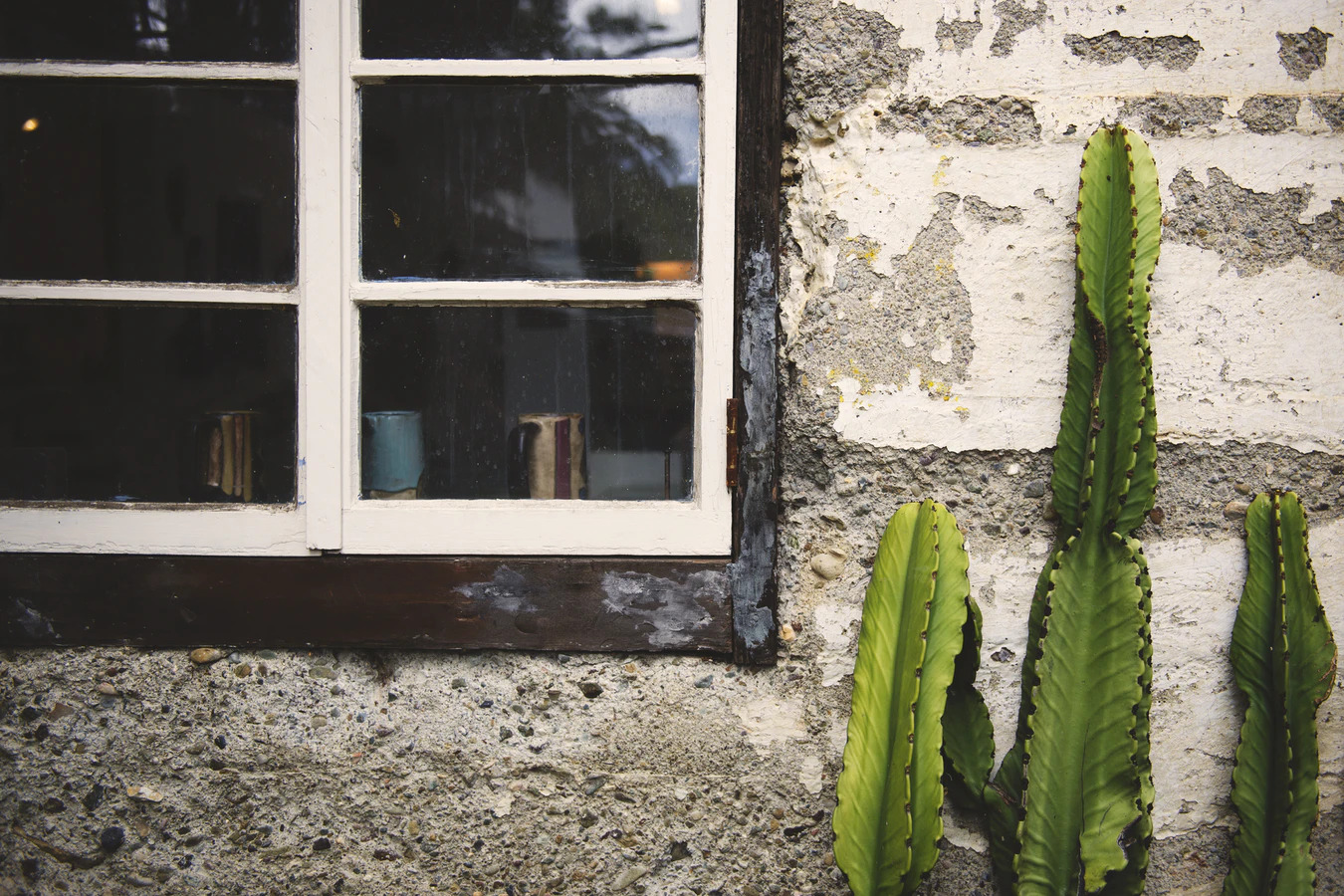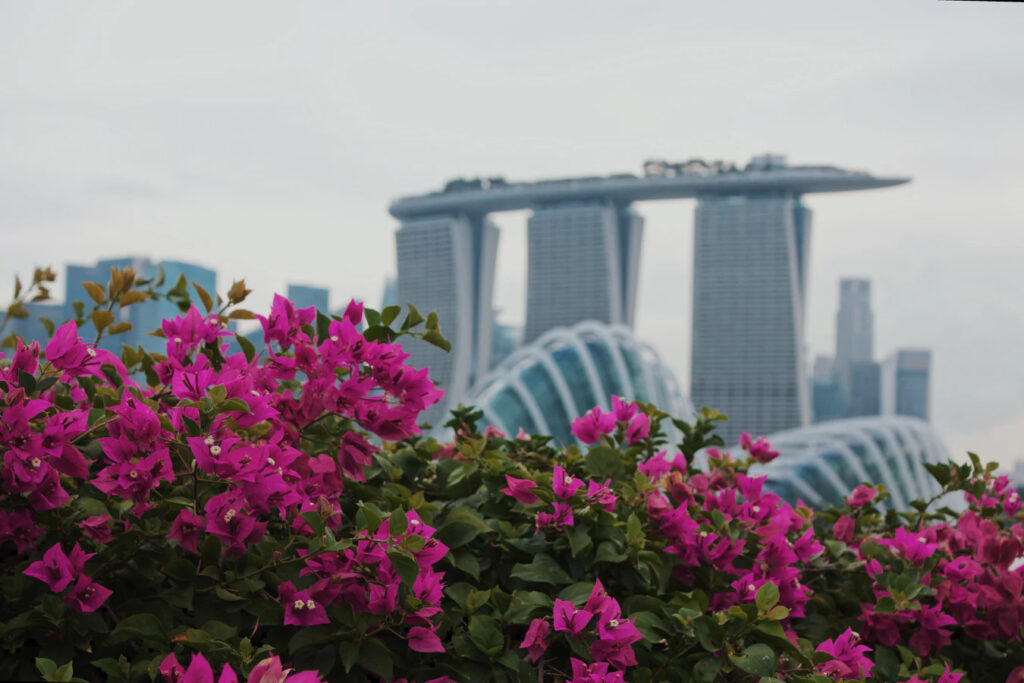A home and garden can feel sterile when there is a complete absence of nature. In contrast, the sight of colorful flowers and plants can be both aesthetically pleasing and hugely fulfilling when they are homegrown.
Many people are limited by their budgets and have to buy a residence that is smaller than desired. But what can one do when space is limited? Can the occupant still find ways to add a touch of nature and to spend happy hours growing it – or should they give up and buy an allotment? Let’s find out now.
Research First
With the help of online websites, hope can be restored for frustrated gardeners. The experts at Harper Nurseries say people are most commonly looking for details of mini greenhouse kits or reviews of the best garden planters. They want to know things such as which tools to buy and which are the best winter crops.
Valuable help can be gained online before purchases are made. Someone tempted to buy lots of small potted plants may learn that a large plastic bucket will serve its purpose, and save money in the process. People may also discover that not every container will need to be bought outright. Perhaps there are some things at home that can be upcycled and adapted for use. They may even look better!
Utilize a Small Balcony or Window Box
Someone won’t be able to grow a year’s supply of garden food here, but they can still grow some vegetables, salads, or herbs. These locations should hopefully receive sufficient natural light for plants to grow. As an example, most vegetables will want at least six hours’ sunlight a day.
Window boxes can become quite heavy once they are full, so be sure to secure them firmly.
Different plants have different needs. It can be unwise to mix too many species of plant in the same window box. One may need lots of water while another will need less. They may even battle it out for the precious nutrients you have placed in the soil.

Have some Containers
Once again, sufficient sunshine is key, alongside a regular supply of water. Put some gravel in the bottom to assist with drainage. Use quality organic soil and compost to enhance plant growth. If you add fertilizer too, this will pay dividends as the growing season progresses. Consider using a granular version of liquid fish emulsion. Check out the pH levels of each plant to ensure the balance will be correct.
The depth of each container will depend on its contents. Potatoes like to go deep, as do most types of carrot. Ensure that there are drainage holes at the bottom of each container, to stop water from congregating and rotting the plants. Left unchecked, this issue could kill the plants! Be mindful once again of anyone living underneath, as they will not appreciate a shower of water each time they leave home!
Use Raised Beds
These can be made using bricks or railway sleepers. They provide an excellent border from which to grow plants.
Check the harvest times of each plant. It may be that when one is taken out another can be put in the same place. This is a great way of maximizing limited space.
Buy a Portable Greenhouse
Removable gazebos serve their purpose for a season and are then packed away. In a similar way, a portable greenhouse can be a real advantage for homegrown plants.
Due to the temperature and sheltered nature of the greenhouse, different plants can be experimented with than those braving the outside elements.
Buy Hanging Baskets
These may be all a person has room for, yet they can provide a splash of color to enjoy every time the home is entered or exited. It’s not just flowers that can be planted here, either. Why not grow some herbs, strawberries, or tomatoes here too?
Hanging baskets need a lot of regular watering as it quickly drains through the soil. Make sure each basket is firmly kept in position, no matter how strongly the wind is blowing!
Enhance Shady Areas
Yes – there is hope even here; perhaps not for growing edible plants, but herbs like mint and chives should manage okay. Other bulbs including amaryllis can be planted in shady areas. They will surprise you by producing large white and pink flowers in due time, and without much maintenance being required. Ferns can also survive without much sunlight.
It is easy to now see that plant lovers can stamp their mark upon anywhere from a rooftop, alleyway, balcony, or sidewalk. Many of the above items can be described as portable. Use this to your benefit if one area seems better for growing plants than another.

